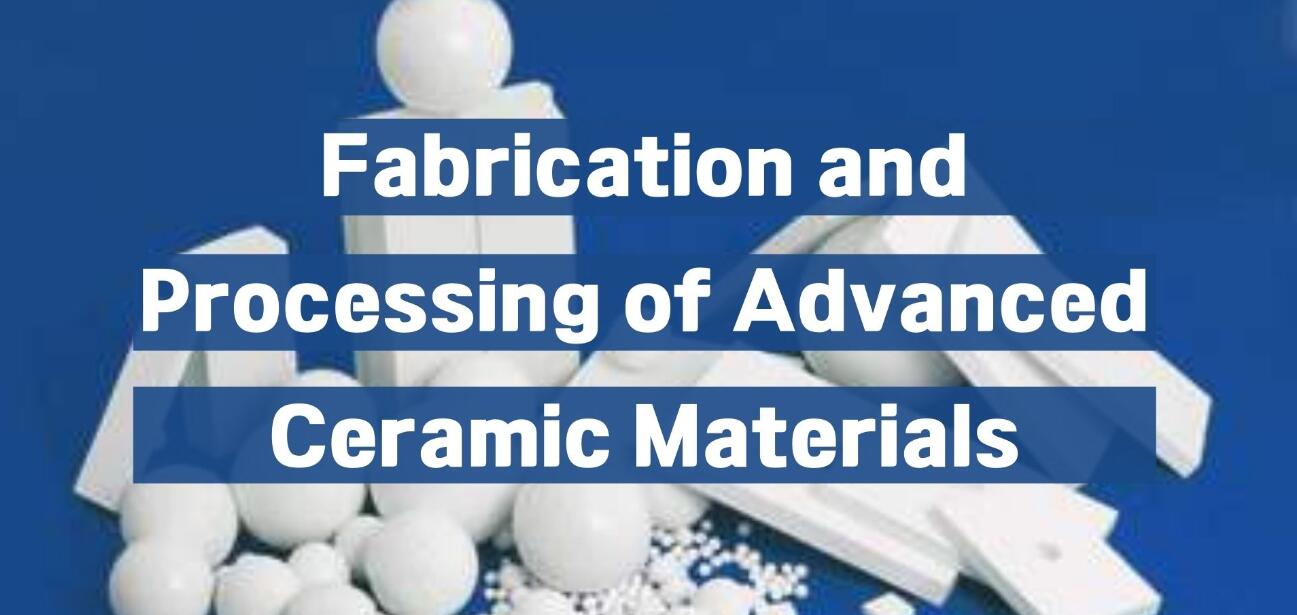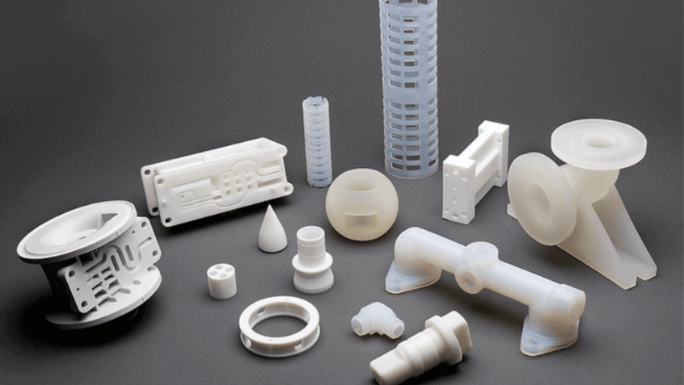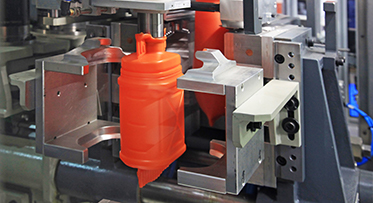Fabrication creates objects from raw materials, while processing alters or refines existing materials into final forms.

Definition and Overview
Definition of Fabrication
Fabrication refers to the act of making a product from raw or semi-finished materials rather than from ready-made components. This can often involve cutting, shaping, and assembling various parts to create a finished product or part of a larger system.
- Types of fabrication methods
- Cutting: This is the process where large sheets or structures of metal are split into smaller pieces using methods such as laser cutting, plasma cutting, or water jet cutting.
- Folding: Used primarily for metals, folding changes the metal’s direction without cutting or removing any material.
- Welding: This method involves joining two metal pieces together using heat or pressure.
- Machining: A process where material is removed from a workpiece to shape it. Common methods include turning, milling, and drilling.
- Common examples in industries
- Construction: The creation of structural steel components.
- Automotive: Fabrication of parts like the chassis or body panels.
- Electronics: Production of metal casings or enclosures.
Read more about fabrication on Wikipedia.
Definition of Processing
Processing encompasses a series of methods employed to transform raw materials into finished products. While it can refer to any kind of refinement, it’s most commonly associated with food, minerals, and materials.
- Different processing techniques
- Mechanical processing: This can include grinding, milling, and other forms of physical alteration.
- Thermal processing: Methods such as heat treatment or cold treatment to change the properties of materials.
- Chemical processing: Involves using chemicals or biochemical means to change material properties.
- Role of processing in manufacturing
- Quality improvement: Processing can help enhance the quality of materials, making them suitable for specific applications.
- Consistency: Ensures a standard of uniformity across batches of products.
- Safety: Particularly in the food industry, processing can eliminate contaminants or pathogens, making products safe for consumption.
Key Differences
Purpose and Goal
Fabrication and processing serve different core objectives in the world of materials and products.
- Fabrication:
- Focuses on creating tangible products from raw or semi-finished materials.
- Often associated with the assembly of parts to form a larger system or product.
- Prioritizes the structural integrity and functionality of the final item.
- Processing:
- Aims at transforming or refining raw materials into a more usable or final form.
- Commonly used to enhance the quality, safety, or utility of a material.
- Ensures consistency and standardization in product batches.
Discover more about the objectives of fabrication and processing on Wikipedia.
Methods and Techniques
While both fabrication and processing involve manipulating materials, they utilize distinct approaches.
- Fabrication Techniques:
- Welding: Joining metals through the application of heat.
- Machining: Removing material to shape a workpiece.
- Bending: Adjusting metal’s direction without removal.
- Processing Techniques:
- Thermal: Heating or cooling materials to change properties.
- Chemical: Using chemicals to alter or refine a substance.
- Mechanical: Physical alteration, such as grinding or milling.
Materials Used
The choice of material often varies based on whether you’re fabricating or processing.
- Fabrication:
- Typically uses metals like steel, aluminum, and copper.
- Plastics, especially in industries like electronics or automotive.
- Processing:
- Involves a broader range of materials from foods to minerals.
- Chemicals, especially in chemical processing methods.
Learn about materials in fabrication and their transformation in processing.
End Products and Outcomes
The end results from fabrication and processing are distinct in nature.
- Fabrication:
- Often results in tangible parts or products like metal frames, automotive parts, or machinery components.
- A focus on the physical and functional aspects of the product.
- Processing:
- Leads to refined or transformed materials, such as processed foods, refined minerals, or treated fabrics.
- Ensures safety, quality, and consistency of the end product.

Applications in Various Industries
Fabrication in the Construction Industry
Fabrication plays a pivotal role in the construction sector, defining the backbone of many structures and projects.
- Steel Structures:
- Fabricated steel beams, columns, and trusses provide strength to buildings.
- Prefabricated structures speed up construction timelines.
- Reinforcement:
- Bars and mesh, fabricated to specifications, ensure stability in concrete structures.
- Enhances the durability and longevity of the built environment.
- Architectural Elements:
- Custom metalwork, railings, and decorative elements add aesthetics while maintaining structural integrity.
For an in-depth understanding of the role of fabrication in construction, refer to its Wikipedia page.
Processing in the Food Industry
The food industry relies heavily on processing to ensure safety, taste, and extended shelf life.
- Preservation:
- Techniques like pasteurization, fermentation, and canning prevent spoilage and prolong food usability.
- Flavor Enhancement:
- Methods such as smoking, marinating, or fermenting enhance taste profiles.
- Nutritional Fortification:
- Addition of vitamins and minerals to food items to boost their nutritional content.
Delve deeper into food processing on Wikipedia.

Common Ground: Electronics Industry
Both fabrication and processing converge in the electronics sector, contributing to the creation and refinement of devices.
- Chip Fabrication:
- Integrated circuits are crafted using advanced fabrication techniques on silicon wafers.
- Material Processing:
- Metals and plastics undergo processing to be used in electronics, ensuring durability and efficiency.
- Component Assembly:
- The fusion of fabricated parts, like capacitors, resistors, and chips, to form a functioning electronic unit.
For more insights, explore the electronics manufacturing process on Wikipedia.
Case Studies: Automotive and Aerospace
The automotive and aerospace sectors provide tangible examples of the synergy between fabrication and processing.
-
- Automotive:
- Fabrication is key for parts like chassis, body panels, and exhaust systems.
- Materials undergo processing to offer improved performance, fuel efficiency, and safety.
- Aerospace:
- Aircraft components, such as wings and fuselage, are fabricated with precision.
- Metals undergo processing to withstand extreme conditions, ensuring flight safety and durability.
- Automotive:
Pros and Cons
Advantages of Fabrication
Fabrication, being an integral part of various industries, offers a myriad of benefits:
- Customization:
- Allows for bespoke designs tailored to specific needs or specifications.
- Scalability:
- Bulk production becomes feasible, catering to both large and small orders efficiently.
- Durability:
- Fabricated products, especially in metal, often boast long life spans and robustness.
- Cost-Efficiency:
- Economies of scale can drive down costs in large-scale projects.
Learn more about the advantages of fabrication from Wikipedia.

Disadvantages of Fabrication
Despite its benefits, fabrication has its challenges:
- High Initial Costs:
- Setting up fabrication units or machinery often requires significant investment.
- Skilled Labor Requirement:
- Expertise is crucial, and skilled fabricators can be scarce or expensive.
- Environmental Concerns:
- Waste generated from fabrication processes might pose environmental hazards.
Advantages of Processing
Processing, crucial for refining and transforming materials, carries numerous advantages:
- Quality Enhancement:
- Improves the attributes of materials or products, making them more desirable.
- Safety Assurance:
- In sectors like food, processing can remove contaminants ensuring product safety.
- Extended Shelf Life:
- Processed products often have a longer usable life compared to their raw counterparts.
Dive deeper into the benefits of processing on Wikipedia.
Disadvantages of Processing
Yet, processing isn’t without its drawbacks:
- Loss of Nutrients:
- In food processing, essential nutrients can sometimes be lost.
- Chemical Additives:
- To preserve or enhance products, chemicals might be introduced, raising health concerns.
- Environmental Impact:
- Some processing methods can be resource-intensive or generate pollutants.




